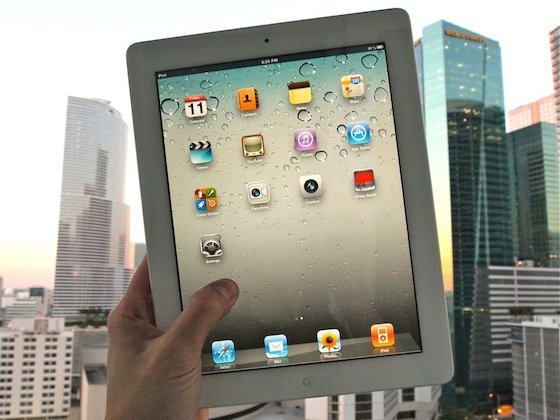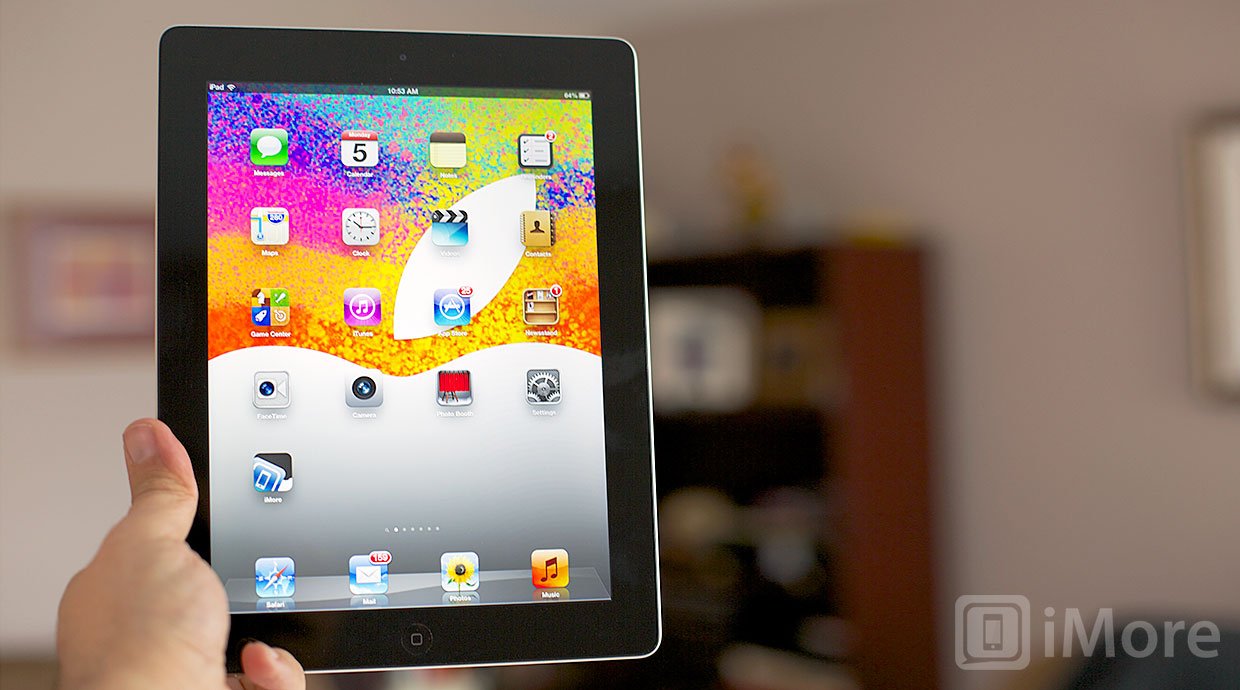iPad 4 vs. iPad 2 vs. iPad mini: Which iPad should you get?

The latest, greatest, iPad -- in this case the late 2012 iPad 4 -- can't be considered a no-brainer buy this year because Apple has now also introduced the all-new iPad mini. The iPad 2 has also stuck around in some sort of limbo-like middle ground, further complicating your purchasing decision.
Power vs portability, starting at $329 vs. starting at $399 or $499 -- there's a lot of factors to consider.
(Late) 2012 iPad product line

Just when you thought Apple had already introduced the new iPad this year, they went and introduced a newer one! If you haven't taken the iPad plunge yet, or if you're looking to upgrade from another tablet or a first generation iPad, that just means you have even better value for your money.
If we map out Apple's product line completely, you can start with the iPod touch or iPhone, which are the most portable but arguably the least productive (small screen, most difficult input). They're great for on-the-go. The iPad mini bridges the gap between iPod touch and iPad, with a bigger screen and the ability to run iPad apps, but lighter and easier to hold up. It's for lying down and traveling around. The iPad has a bigger screen and is the most productive of the iOS devices. It's for feet up, literally on the lap, light productivity and more immersive content. The MacBook rounds things out. It's OS X not iOS, and while bigger and heavier than any iOS device, it has a full keyboard and runs full-on desktop software. It's for getting traditional computing things done.
If you want something between that iPhone and iPod touch, and the MacBook or another laptop, that's where the iPads fits in, and here's how they break down.
iPad mini

The iPad mini is slightly cheaper than the iPad 4 or the iPad 2, but that's just a side benefit of being a little smaller and a lot lighter. In terms of hardware, it's got basically the same body and components as the 2012 iPod touch 5, including the aluminum unibody, Apple A5 processor, and storage options. It has the iPad 2-style screen, however, at 1024x768, only shrunk down from 9.7 inches to 7.9 inches. That makes it slightly higher density -- the same 163 ppi as the iPhone 3GS if you're keeping score -- than the 132 ppi iPad 2, but nowhere near the 264 ppi of the iPad 4.
The lightness is the biggest differentiator, however. You can hold it easily in one hand, and while it's not small enough to be an on-the-go style device like the iPhone or iPod touch, it's not relegated to be a sitting-down, on-you-lap style device like the full sized iPad either. It's much better lying down, and much easier to hold for longer periods of time. It's also easier to stash in big jacket pocket or small carry bad.
iMore offers spot-on advice and guidance from our team of experts, with decades of Apple device experience to lean on. Learn more with iMore!
Apple offers the iPad mini Wi-Fi at three price points depending on the amount of storage:
- 16GB - $329
- 32GB - $429
- 64GB - $529
If you want it with 3G GSM/CDMA, and 4G LTE version, the prices go up $130:
- 16GB - $459
- 32GB - $559
- 64GB - $659
If you value portability over the power of the processor and prettiness of the screen, get the iPad mini.
iPad 2 (2011)

The 2011 iPad 2 with 16GB of storage is the big "budget" iPad designed to ease the barrier of entry for price-concious first-time buyers and for bulk buyers like schools and businesses. It doesn't have the crystal clear, high density Retina display, 4G LTE data, the new, super-fast Apple A6X processor, or the new Lightning connector, and the cameras are terrible, but it runs the same iOS 6 operating system, and has access to the App Store and Safari, and can do most everything the new iPad can do. And it looks almost identical.
However, while the iPad 2 was arguably a reasonable buy compared to the iPad 3 due to the overhead of the Retina display, the iPad 4 promises 2x the performance of the iPad 3, diminishing that concern.
Apple offers the iPad 2 at one price point:
- 16GB - $399
If you want it with 3G GSM/CDMA, the price go up $130:
- 16GB - $529
Still, If price is more of an issue to you than getting the latest and the greatest, and $100 makes a big difference in your budget, the iPad 2 is still a valid point of entry, simply less so than before.
iPad 4 (late 2012)

The iPad 4 (or iPad with Retina display, or 4th generation iPad) is the new king of the tablets. It has everything the iPad 2 had, and a lot more. Notably, the screen is a double-resolution Retina display at 2048x1536, which is more than 1080p TV scrunched down into a 9.7-inch size. In other words, you can't see the pixels. Speaking of 1080p, it supports both 1080p video playback, and has a 5mp camera on the back that can shoot 1080p video. (It looks like the iPhone 4 camera with the iPhone 4S photo processing software). Compared to the iPad 3, it has a faster Apple A6X processor, LTE that works internationally, and the new Lightning adapter.
Apple offers the iPad 4 at three price points depending on the amount of storage:
- 16GB - $499
- 32GB - $599
- 64GB - $699
If you want it with 3G GSM/CDMA, and 4G LTE version, the prices go up $130:
- 16GB - $629
- 32GB - $729
- 64GB - $829
If you know you want a top of the line iPad, with the latest and greatest features and every bit of cool technology Apple has to offer, then get the iPad 4.
Any questions?
If you're still not sure, hit up our iPhone Forums to get the help you need to make up your mind.

Rene Ritchie is one of the most respected Apple analysts in the business, reaching a combined audience of over 40 million readers a month. His YouTube channel, Vector, has over 90 thousand subscribers and 14 million views and his podcasts, including Debug, have been downloaded over 20 million times. He also regularly co-hosts MacBreak Weekly for the TWiT network and co-hosted CES Live! and Talk Mobile. Based in Montreal, Rene is a former director of product marketing, web developer, and graphic designer. He's authored several books and appeared on numerous television and radio segments to discuss Apple and the technology industry. When not working, he likes to cook, grapple, and spend time with his friends and family.
